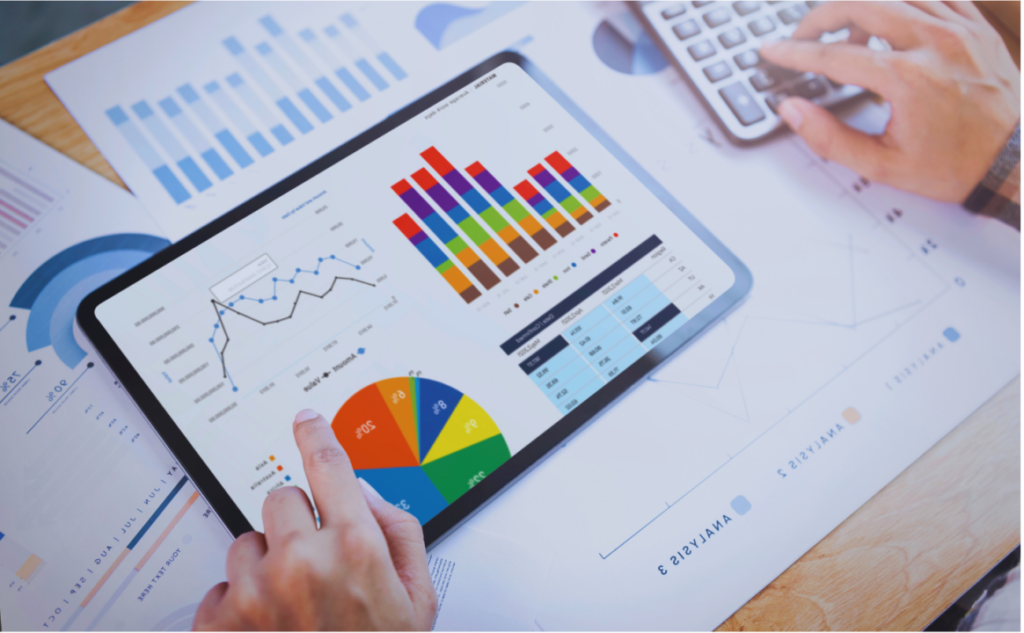In an ever-changing marketplace, businesses must evolve to stay relevant. Trend analysis is a powerful tool that allows companies to anticipate future market needs, align their strategies with consumer expectations, and stay ahead of the competition. By understanding emerging patterns, businesses can make informed decisions that drive long-term growth and sustainability.
Trend analysis isn’t just about reacting to changes; it’s about proactively positioning your business to lead in an evolving environment. When executed effectively, it becomes a cornerstone for innovation and strategic planning.
Why Trend Analysis Matters
The business landscape is shaped by technological advancements, shifting consumer behaviors, and global economic trends. According to a study by Deloitte, 88% of business leaders believe that understanding trends is critical to achieving competitive advantage.
Key Benefits of Trend Analysis:
- Future-Proofing Strategies: Anticipating changes allows businesses to adapt before disruptions occur.
- Customer Alignment: Trends reveal what customers value, helping businesses tailor products and services accordingly.
- Market Leadership: Identifying trends early enables businesses to innovate and capture market share.
For example, the rise of sustainability as a consumer priority has driven companies across industries to adopt eco-friendly practices. Businesses that embraced this trend early are now reaping the benefits of customer loyalty and increased brand equity.
How to Use Trend Analysis Effectively

1. Monitor Multiple Data Sources
Trend analysis begins with gathering information. Businesses should look beyond their immediate industry to identify broader shifts in technology, culture, and economics.
Key Data Sources:
- Market research reports.
- Social media analytics.
- Industry conferences and trade shows.
- News and thought leadership articles.
Actionable Insight: Use tools like Google Trends and social listening platforms to track keywords and conversations related to your industry.
2. Identify Relevant Trends
Not all trends are worth pursuing. Businesses need to filter through the noise and focus on trends that align with their goals and market.
Criteria for Relevance:
- Does the trend align with your target audience’s needs?
- Is it scalable and sustainable?
- Does it complement your business model?
For instance, a fashion retailer might focus on trends like personalization and sustainable materials, which resonate with their eco-conscious customers.
3. Engage Cross-Functional Teams
Trend analysis isn’t limited to the marketing department. Involving cross-functional teams ensures diverse perspectives and fosters alignment across the organization.
Example: A technology company involving R&D, sales, and operations in trend discussions can uncover opportunities to innovate while ensuring feasibility and market readiness.
Actionable Insight: Host regular workshops or brainstorming sessions to discuss trends and their potential impact on your business.
4. Leverage Predictive Analytics
Data-driven insights play a critical role in trend analysis. Predictive analytics uses historical data and algorithms to forecast future behaviors and market conditions.
How Predictive Analytics Helps:
- Forecast demand for products or services.
- Identify emerging customer preferences.
- Optimize inventory and production planning.
Example: A food company using predictive analytics might identify a growing interest in plant-based diets, enabling them to launch a successful line of vegan products.
5. Test and Iterate
Trend analysis should inform actionable experiments. Pilot projects or limited product launches allow businesses to test their assumptions and refine strategies before scaling.
Example: A beverage company exploring the trend of functional drinks might launch a limited-edition flavor to gauge customer interest before committing to full-scale production.
Actionable Insight: Use customer feedback and performance metrics to iterate and improve.
Aligning Long-Term Strategies with Trends

1. Focus on Core Values
Align trends with your company’s mission and values. Businesses that stay true to their identity are better positioned to resonate with customers.
2. Prioritize Agility
Trends can shift quickly. Building flexibility into your operations and strategies ensures you can pivot as needed.
3. Invest in Talent and Technology
Empower your team with the skills and tools needed to capitalize on trends. For example, investing in digital transformation enables businesses to thrive in an increasingly tech-driven market.
Success Stories in Trend Analysis
Tesla
Tesla’s focus on electric vehicles aligned with trends in sustainability and renewable energy. By anticipating consumer demand for eco-friendly transportation, Tesla became a market leader.
Nike
Nike embraced digital innovation by investing in wearable technology and personalized experiences, capitalizing on trends in fitness and data-driven customization.
Unilever
Unilever’s focus on sustainable living brands, such as Dove and Ben & Jerry’s, has driven growth by aligning with consumer values around sustainability and ethical business practices.
Conclusion
Trend analysis is an essential tool for shaping long-term business strategies. By monitoring data, identifying relevant trends, and testing their impact, businesses can align with future market needs and consumer expectations. It’s a proactive approach that drives innovation, customer loyalty, and sustained growth.
Mattias Knutsson, a seasoned professional in global procurement, commodity management, and strategic business development, exemplifies the value of trend analysis in aligning strategies with market realities. His expertise demonstrates how businesses can transform insights into opportunities that shape a competitive future.
In today’s fast-paced world, the ability to anticipate and adapt to change isn’t just an advantage—it’s a necessity. By embracing trend analysis, businesses can confidently navigate the road ahead and lead in their industries.





